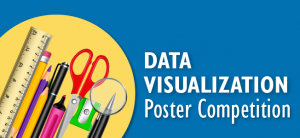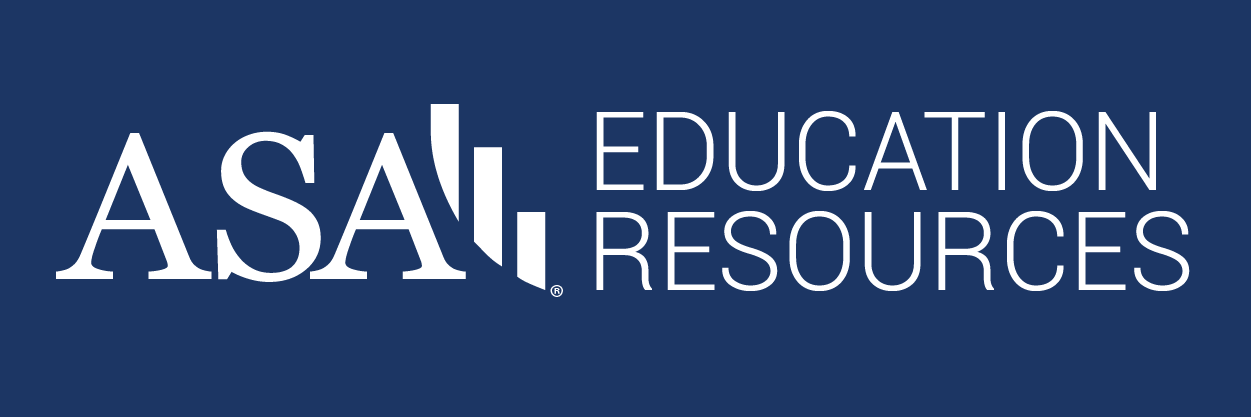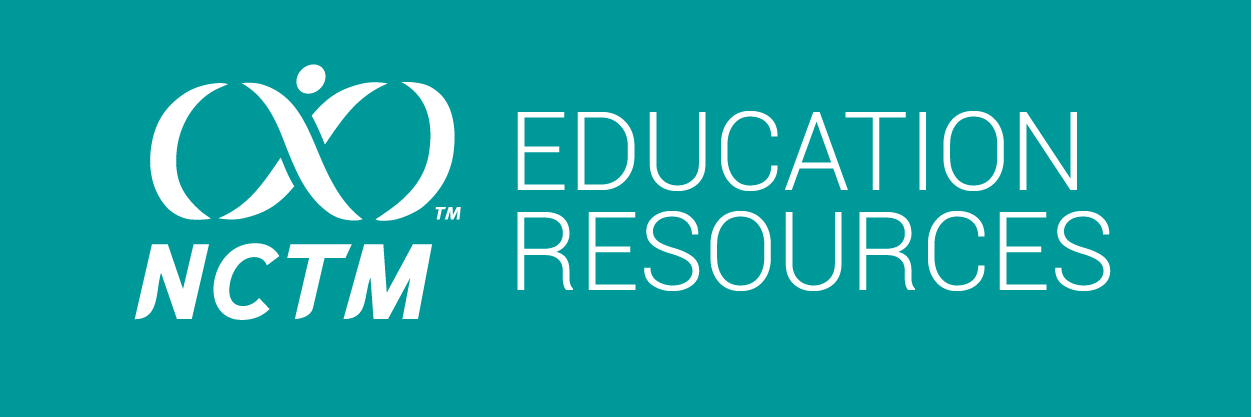ASA Announces Statistics Poster, Project Competition Winners

The American Statistical Association recently announced the winners of the 2023 ASA Data Visualization Poster and Statistics Project competitions. First-place winners received $300, a certificate, and grade-appropriate graphing calculators for the students and advisers provided by Texas Instruments. Second-place winners received $200 and a certificate, third-place winners received $100 and a certificate, and honorable mentions received certificates.
The poster and project competitions are directed by the ASA/National Council of Teachers of Mathematics Joint Committee on Curriculum in Statistics and Probability. The 2023 ASA Data Visualization Poster Competition leader was Jennifer Broatch of Arizona State University. Michelle Larson of the University of Iowa served as the head project competition leader, with Dione Maxwell of Loganville High School as the associate head project competition leader.
Posters are due every year on April 1 and are submitted online as photos of physical posters or digitally created posters. Projects for grades 7–12, in the form of written reports, are due every year on June 1.
POSTER COMPETITION WINNERS
GRADES K–3
First Place
Olivia Ly, Amelia Herlein, and Jackson Farrar
“What Can We Learn About How Students Take Care of Their Bodies?”
Explorer Elementary School
Caledonia, Michigan
Second Place
Sadie Feeney
“A Swift New Album”
Rydal Elementary School
Huntingdon Valley, Pennsylvania
Third Place
Leo Zhang
“How Green Are My Classmates?”
High Plain Elementary School
Andover, Massachusetts
Honorable Mention
Etta Permut
“Recycle or Not”
Rydal Elementary School
Huntingdon Valley, Pennsylvania
Honorable Mention
Sage Sallese, Amar Podrug, Kenay Muniz-Perez, and Everly Hoolsema
“What Can We Learn About Students’ Cultures?”
Explorer Elementary School
Caledonia, Michigan
POSTER COMPETITION WINNERS
GRADES 4–6
First Place
Cole Nowacki
“The Gaming Generation”
Kirtland Middle School
Kirtland, Ohio
Second Place
Shrimeghna Madhugundu, Jahnvi N. Modi, and Kelsey C. Joo
“Should Kids Have Homework?”
West Woods Upper Elementary School
Farmington, Connecticut
Third Place
Maddie Yin
“So You Want to Be a Dancer?”
Lied STEM Academy
Las Vegas, Nevada
POSTER COMPETITION WINNERS
GRADES 7–9
First Place
Aditi Gokhale
“The Effect of Education, Location, and Income on Life Expectancy in the USA”
Joe M. Adams Junior High School
Katy, Texas
Second Place
Ashwin Goel
“What Makes Movies Successful?”
Hyde Park Middle School
Las Vegas, Nevada
Third Place
Avinab Das
“The National Opioids Crisis: Substance Use and Its Correlates”
Robert Frost Middle School
North Potomac, Maryland
Honorable Mention
Salar Nasimov
“Do NBA Teams with Better Teamwork or Star Players Win Playoffs?”
Luther Jackson Middle School
Fairfax, Virginia
Honorable Mention
Jana Woo
“What Factors Affect the Education System in the United States?”
Hyde Park Middle School
Las Vegas, Nevada
POSTER COMPETITION WINNERS
GRADES 10–12
First Place
Baxter Hovis, Jonah Sagers, Sam Bowen, and Gavin Paulus
“How to Win the ASA Poster Contest”
Mastery School of Hawken
Cleveland, Ohio
Second Place
Raymond Levine
“COVID on the Border”
Westview High School
San Diego, California
Third Place
Yifan Li
“Putting Sustainability Under the Spotlight: An Analysis of ESG Disclosing Trends in SEC Filings”
Poolesville High School
Rockville, Maryland
Honorable Mention
Alexander Choi
“How Has Climate Change Affected Fish Growth in Alaska Fisheries?”
Reno High School
Reno, Nevada
2023 NATIONAL PROJECT COMPETITION WINNERS
Each year, the statistical project competition attracts a wide variety of submissions in which students from grades 7–12 conduct creative studies. The submission deadline for the project competition is June 1 to enable participation from high-school students who may have been preparing for the AP Statistics exam administered mid-May. The statistical project competition is especially useful for these students because it provides them with opportunities to apply the statistical skills they acquired throughout the school year to solve real-world problems of interest to them.
First Place
Scott Betterly, Camden Smith, Jack Kuder, and Jack Zdanowski
Do Different Airlines Have More Frequent Delays?
Canyon Crest Academy
San Diego, California
Judges’ Comments: This project was a well-designed chi-square test for homogeneity investigating the frequency of delays for different airlines. The judges were pleased with the sophisticated nature of the analysis and data collection. An added explanation of contributions to the chi-square statistic indicated great communication and understanding by this author. Judges appreciated the added support of appropriate tables and graphs that provided a strong visual component that reiterated the overall analysis. The author provided a strong reflection that provided thoughtful ideas for future research.
Second Place
Michelle Yuan, Willa Norvell, Mele Barton, and Lily Chen
Blackberries, Mold, and Rinses, Oh My!
Canyon Crest Academy
San Diego, California
Judges’ Comments: This project addresses an interesting and accessible topic of maintaining the freshness of the fruit. The authors provide an excellent, thorough, clear, concise, and correct statistical analysis, including all relevant details. The images of the process were notably helpful and appropriate, improving the presentation of this work. The judges would have liked to see consistency throughout the paper referring to the treatments as “Water Rinse,” “Vinegar Rinse,” and “No Rinse,” rather than Treatments 1, 2, and 3. Although the interpretation of Type I error is incorrect, the paper concludes with a thoughtful reflection and provides suggestions for future work. This project was a favorite of the judges!
Third Place
Palak Mor
The Mystery of Unpopped Popcorn Kernels
South Forsyth High School
Cumming, Georgia
Judges’ Comments: This project was well-written and easy to read. The author used a two-sample t-test to investigate whether store-brand microwave popcorn or name-brand microwave popcorn would result in more unpopped kernels. The judges were impressed with the care taken by the author to eliminate confounding variables. There was concern by the judges that the conditions may not have been met due to a very small sample size. Concern was also raised as to how the author decided on a five-minute cooling period before emptying the bag. The reflection section is strong in both suggesting modifications for further research and in correctly describing possible Type 1 error.
Honorable Mention
Adityan Vairavel, Adith Mohanty, and Venkata Yanamandra
School Paper Towels: Effective or a Waste of Money?
Dougherty Valley High School
San Ramon, California
Judges’ Comments: This paper addresses an interesting and worthwhile topic of the absorbency of industrial paper towels using a linear regression analysis of absorbency vs. cost. The judges enjoyed the project and found it to offer quite a bit of substance and content. However, several of the details in the project prevented it from scoring higher. The judges were particularly concerned with the use of the word “prove,” which is not something a statistical analysis can provide. The project presents many statistical concepts but lacks the correct application of these concepts. In particular, there does not appear to be equal variance among the different brands of paper towels, which is crucial to the results; the details of randomization were not explicitly described; it was not clear if the order of the squares tested was randomized; Type I and Type II errors were stated but not related to the results of the experiment; a factor of 9 is required to convert measurements to square feet. In addition to the statistical analysis presented, the judges found the detailed protocol and related images to be a noteworthy strength of this project. As one judge wrote about this project: “Something we all complain about and it was well researched and worked through.”
Editor’s Note: The full version of this article is in the August 2023 issue of Amstat News.











